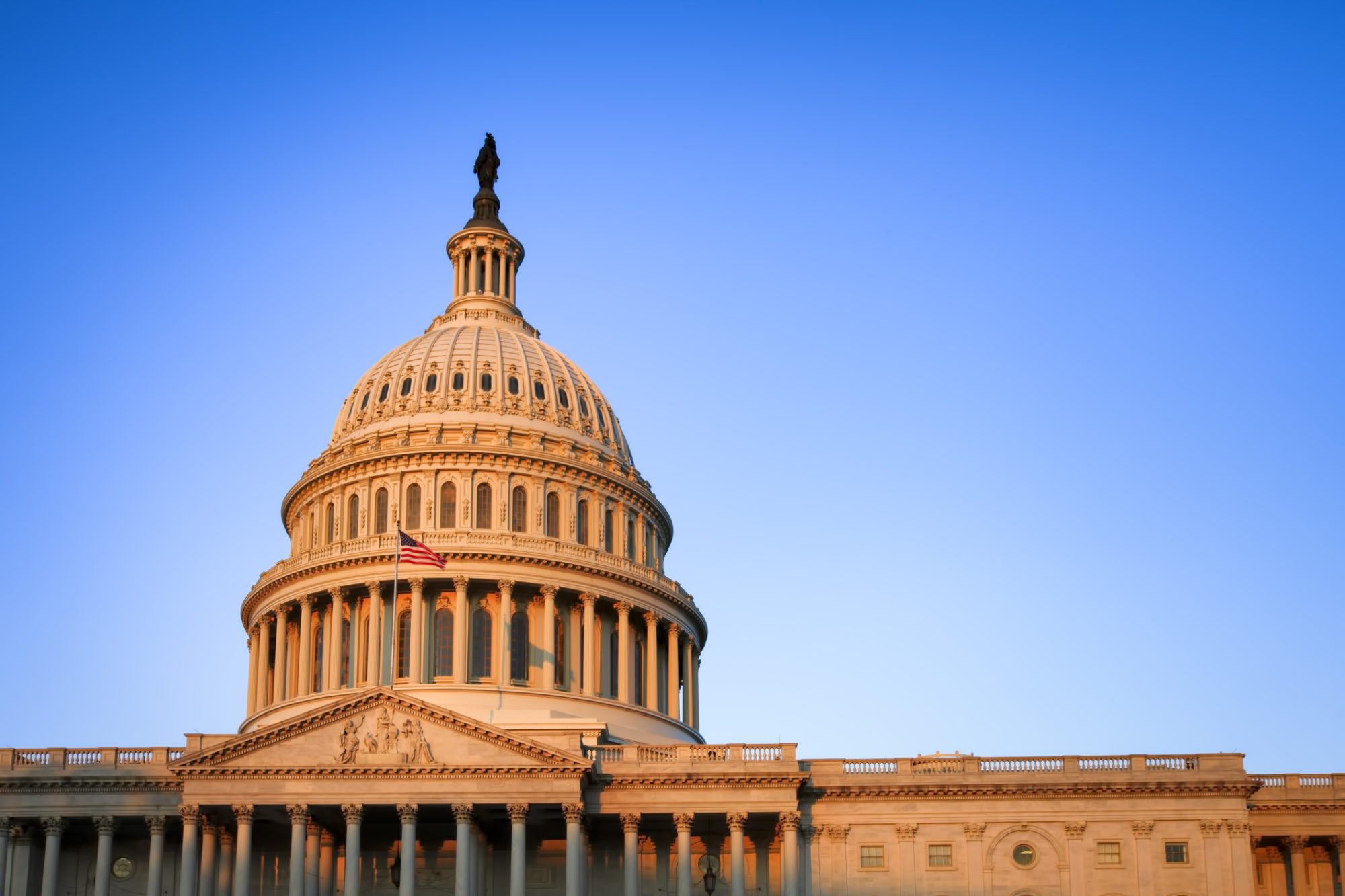The $9 Trillion GOP Debt Ceiling Hike You May Have Missed
REPUBLICANS CAN’T SEEM TO SHAKE BARACK OBAMA’S ADDICTION TO DEFICIT SPENDING … DuYou must Subscribe or log in to read the rest of this content.
REPUBLICANS CAN’T SEEM TO SHAKE BARACK OBAMA’S ADDICTION TO DEFICIT SPENDING …
Du
